3 eco-friendly ways to re-use dehumidifier water around the house from quenching thirsty houseplants to cleaning floors
HVAC experts share their green tips for making the most out of your dehumidifier water
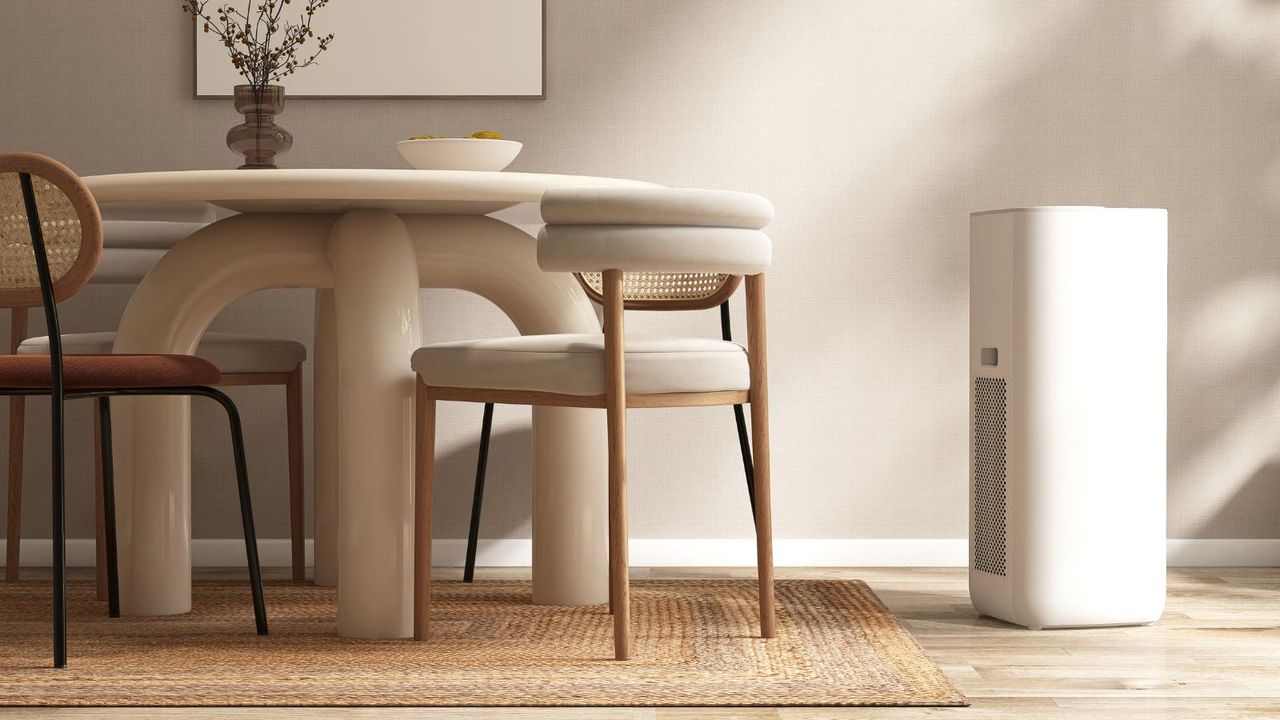

As colder weather approaches, there is one thing you will find in most homes to remove moisture, mold, mildew, and musty odors from the home – a dehumidifier.
But, while these cleverly control humidity levels, what can be done with all the collected water, usually tipped out at the end of each day?
Here, we spoke to HVAC experts for their tips on how to reuse water from your best dehumidifier around the house, which is a brilliant way to live more sustainably while having a positive impact on the environment.
3 ways to reuse dehumidifier water around the house
1. To water plants
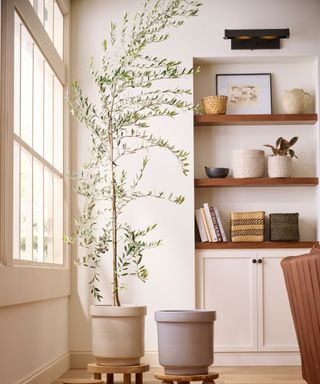
According to John Gabrielli, owner at Air Temp Solutions, one of the best ways to reuse your dehumidifier water and be sustainable at home is to water houseplants with it.
He says, 'It's perfect for watering your non-edible plants! This water, pulled right from the air in your home, is free from the salts and chemicals typically found in tap water, which makes it a good option for your greenery.'
Firstly, Gabrielli recommends collecting the water from your dehumidifier's tank, and letting it sit for a few hours to allow any dust or particles to settle at the bottom. 'Then, carefully pour the clear water into a clean container (or watering can, such as the Watering Can for Indoor Outdoor Plants available at Amazon) and go ahead and water your plants,' he adds. 'Just make sure to steer clear of using this water on any plants you plan to eat, as it might carry bacteria or other impurities.'
If you're not sure how often you should water indoor houseplants, the general rule of thumb is to do so once a week, but this will depend on the type of plant, as well as humidity, temperature and light levels in your home.
All prices correct at the time of publication.
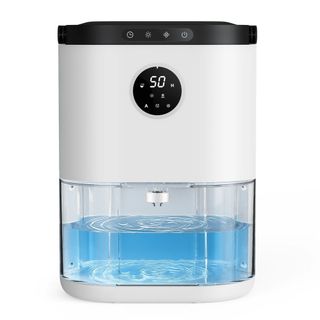
This large capacity dehumidifier removes up to 800 ml of water per day, with an auto shut-off once full. It uses ultra-quiet technology, and is compact, portable and lightweight, perfect for use in a bedroom or bathroom.
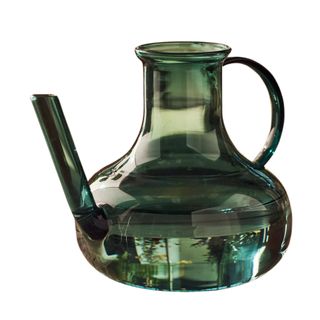
This gorgeous watering can is watertight and wipe-clean, made in collaboration with a Philadelphia-based artist. While practical, it will also look stunning on display in any garden room ideas.
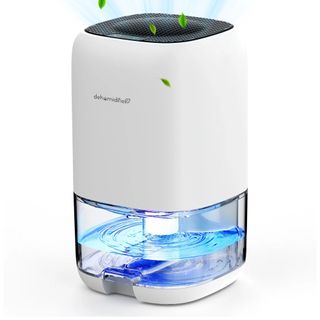
This dehumidifier is easy to use, efficient and energy-saving, making it an environmentally friendly option. It's small size means it's ideal for use in any home office ideas.
2. To clean floors
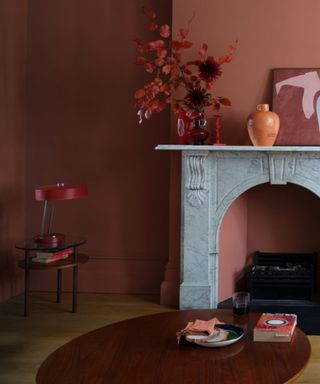
Dehumidifier water is actually suitable for most household chores you should be doing weekly, and Simon Bernath, HVAC expert and founder of FurnacePrices.ca recommends using it for cleaning your floors.
He says, 'You can use is for certain cleaning, like floors, but I would avoid say washing countertops with it. It's best to use it with something that will kill any bacteria or mold spores in the water, like Lysol Disinfectant Spray available at Amazon, or Clorox Disinfecting Liquid Bleach Cleaner available at Walmart, or most other general purpose cleaners.'
If you're not sure how to clean a floor without streaks, our expert-led guide delves into the details. And, if you prefer not to use harsh chemicals, why not try using your dehumidifier water to make a baking soda streak-free floor solution – all you need it baking soda, white vinegar (we recommend the Great Value Distilled White Vinegar available at Walmart), liquid dish soap and hot water.
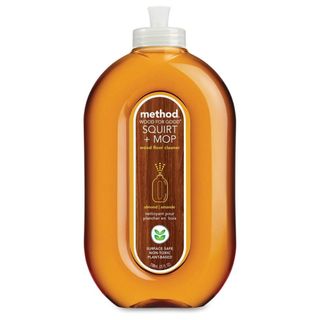
I love using this cleaner at home, which leaves my floors spotless with a sweet, nutty almond scent.
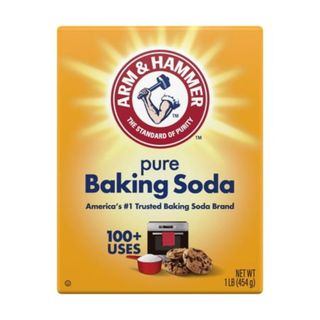
This baking soda can be used for cooking, cleaning and deodorizing all around the house, and is gentle enough to use on most surfaces.

This dish soap cleans more than dishes, and can be used for tackling laundry, grease, microwave messes, and even dirty tires.
3. For ironing
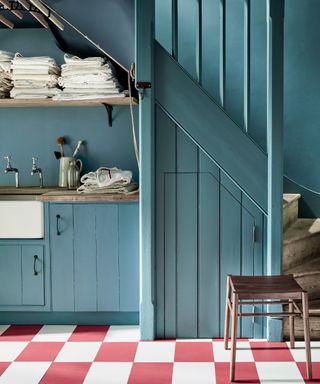
Next time you make scented ironing water, or even just refill your iron, why not use your dehumidifier water, suggests Al Fouz, owner of Abaco Air Experts.
He says, 'Dehumidifier water is soft and mineral-free, reducing limescale buildup in irons, which can make them last longer. Just collect the water in a clean container (such as the NORPRO Funnel Pitcher available at Amazon) and fill your iron's reservoir as needed.'
FAQs
Can you put dehumidifier water down the sink?
While it's much better, and environmentally-friendly, to reuse your dehumidifier water, it certainly isn't one of the liquids to never pour down your sink. It's perfectly safe to pour straight down, but can be put to better use around your home without being wasted.
Next, learn about the best place to put a dehumidifier to improve efficacy.
Sign up to the Homes & Gardens newsletter
Design expertise in your inbox – from inspiring decorating ideas and beautiful celebrity homes to practical gardening advice and shopping round-ups.

Ottilie joined Homes & Gardens last year, after finishing a Master's in Magazine Journalism at City, University of London. With previous contributions in Livingetc and Motorsport Magazine, she produces content for the Solved section on the website, focusing on clever tips and tricks to keep your home beautiful, organized and clean. She also has an undergraduate degree in English Literature and History of Art from the University of Edinburgh, where she developed a love for inspiring interiors and architecture.
-
 Need to get your garden summer ready? Newgarden has everything you need to transform your outdoor space into a relaxing oasis
Need to get your garden summer ready? Newgarden has everything you need to transform your outdoor space into a relaxing oasisNewgarden's stylish lighting, sleek planters, and innovative furniture, bring comfort and beauty to outdoor living
By Homes & Gardens Published
-
 King Charles is reportedly recovering at Highgrove House – a master gardener says his sensory grounds are designed for healing
King Charles is reportedly recovering at Highgrove House – a master gardener says his sensory grounds are designed for healingThe gardens, designed by the king with esteemed British gardeners and naturalists, have recently served as a 'tranquil' sanctuary over recent weeks
By Megan Slack Published
-
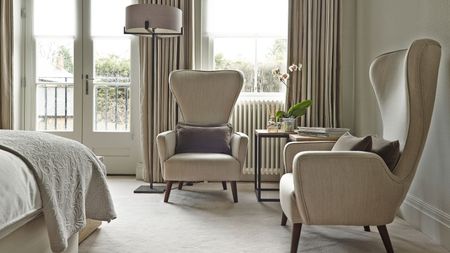 Why does my carpet feel damp? Property experts reveal the 3 causes and how to fix them properly to avoid mold
Why does my carpet feel damp? Property experts reveal the 3 causes and how to fix them properly to avoid moldCondensation doesn't just gather on your windows
By Dan Fauzi Published
-
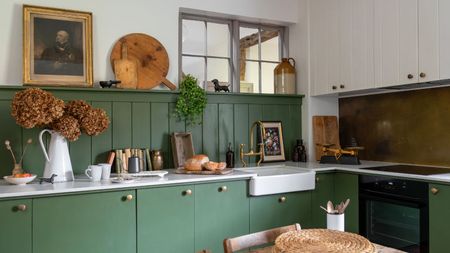 The 5 things you should never recycle at home – 'most people don’t realize' how damaging it can be, experts warn
The 5 things you should never recycle at home – 'most people don’t realize' how damaging it can be, experts warnOne wrong move can make the whole batch redundant, experts warn
By Ciéra Cree Published
-
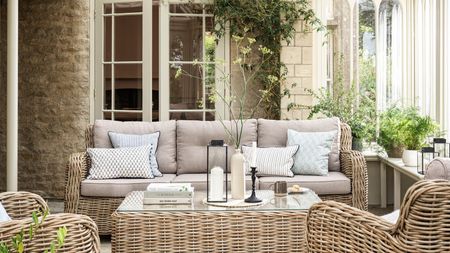 6 things people with clean sunrooms always do – expert tips to make the most of your sunroom this spring
6 things people with clean sunrooms always do – expert tips to make the most of your sunroom this springFrom dusting the tracks to rotating fabrics, these are the simple steps to a sparkling sunroom
By Andy van Terheyden Published
-
 8 things secretly making your allergies worse at home, according to immunologists – and what to do about each
8 things secretly making your allergies worse at home, according to immunologists – and what to do about eachIs something in your home exacerbating your allergies?
By Rebecca Shepherd Published
-
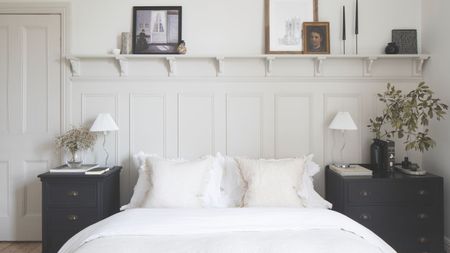 I was struggling with high humidity and mold in my basement bedroom before trying this affordable $40 dehumidifier from Amazon
I was struggling with high humidity and mold in my basement bedroom before trying this affordable $40 dehumidifier from AmazonPlus, expert-approved tips for preventing mold and moisture from returning
By Ottilie Blackhall Published
-
 The 3 worst things you can do to your freezer – these will put you on the fast track to costly early replacement
The 3 worst things you can do to your freezer – these will put you on the fast track to costly early replacementDon't risk unnecessary damage and expensive repairs
By Ottilie Blackhall Published
-
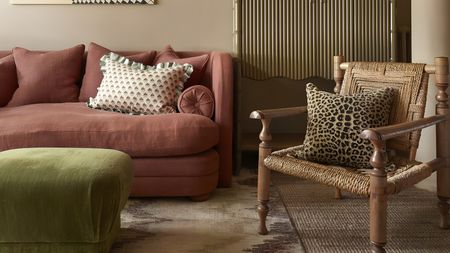 These 3 everyday items are secretly polluting your home's air – I'm a toxicologist and you can protect your family with simple swaps
These 3 everyday items are secretly polluting your home's air – I'm a toxicologist and you can protect your family with simple swapsBreathe easy with these detoxing tips
By Amberly R. Johnson Published
-
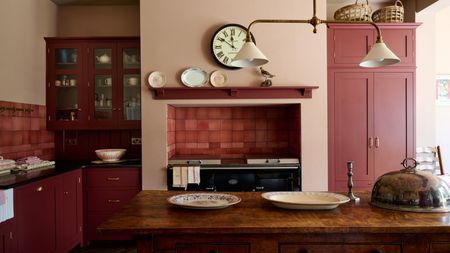 How to safely and responsibly dispose of your old home appliances – and the one thing experts warn you should never do
How to safely and responsibly dispose of your old home appliances – and the one thing experts warn you should never doAvoid fines, damage to the environment, and lethal electrical charges
By Andy van Terheyden Published